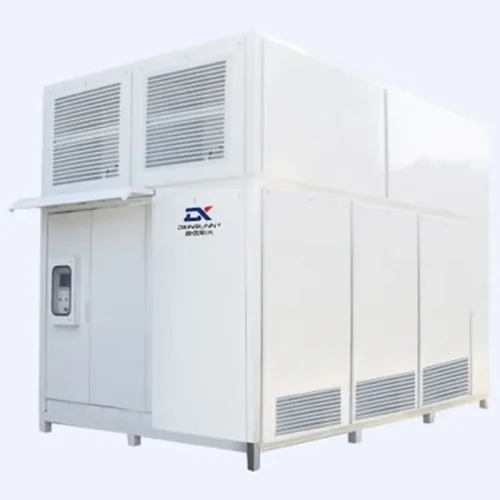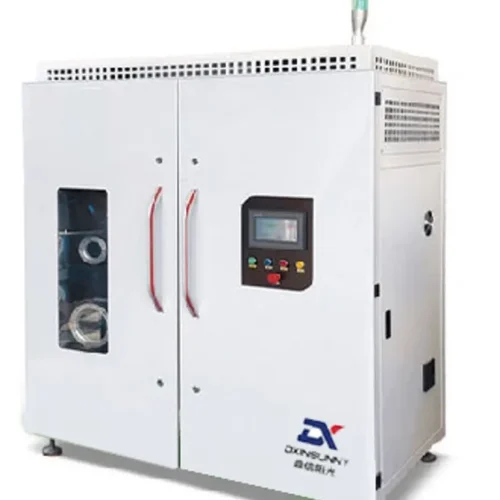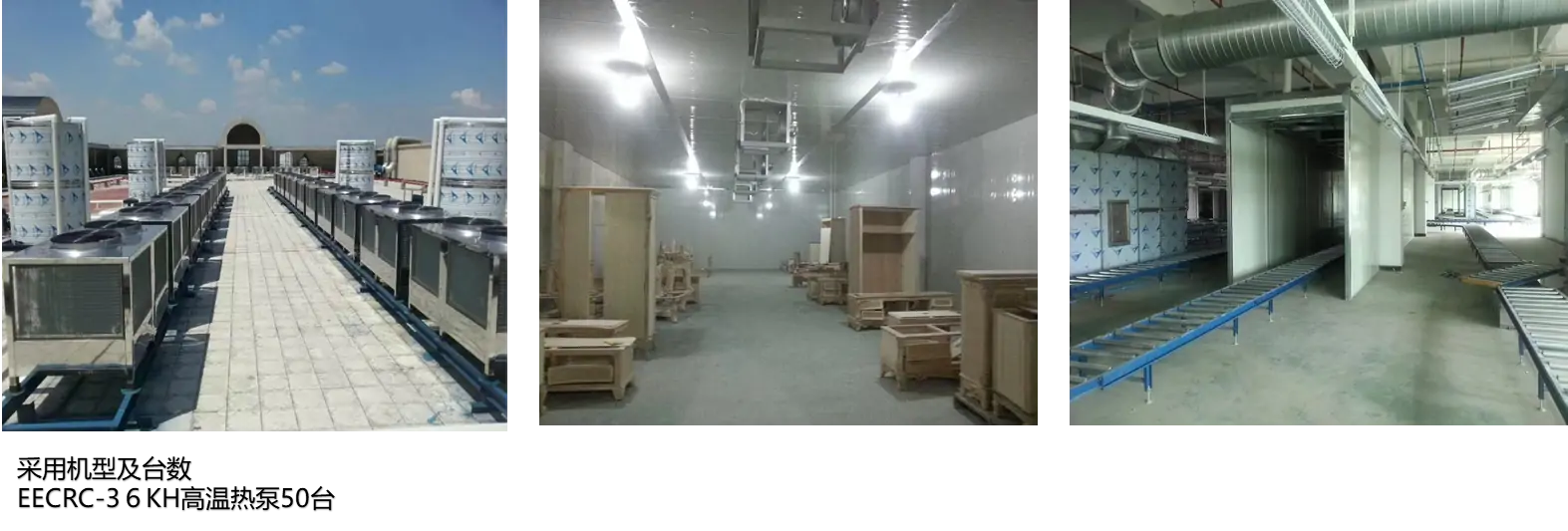The system can integrate with smart shelters and air-conditioning heat pump technologies in several ways. Smart shelters can house the sensors, control units, and other equipment of the Industrial Agriculture Solution System, protecting them from the elements. The air-conditioning heat pump technology can be used to regulate the temperature and humidity inside the shelters, ensuring the proper functioning of the sensitive electronic components. In the context of the farm itself, air-conditioning heat pump systems can also be used to control the microclimate in greenhouses or indoor farming facilities. For example, in cold weather, the heat pump can provide warmth to maintain optimal growing temperatures for crops, while in hot weather, it can cool and dehumidify the air. This integration helps to create a stable and controlled environment for industrial agriculture, enhancing crop growth and productivity.


















